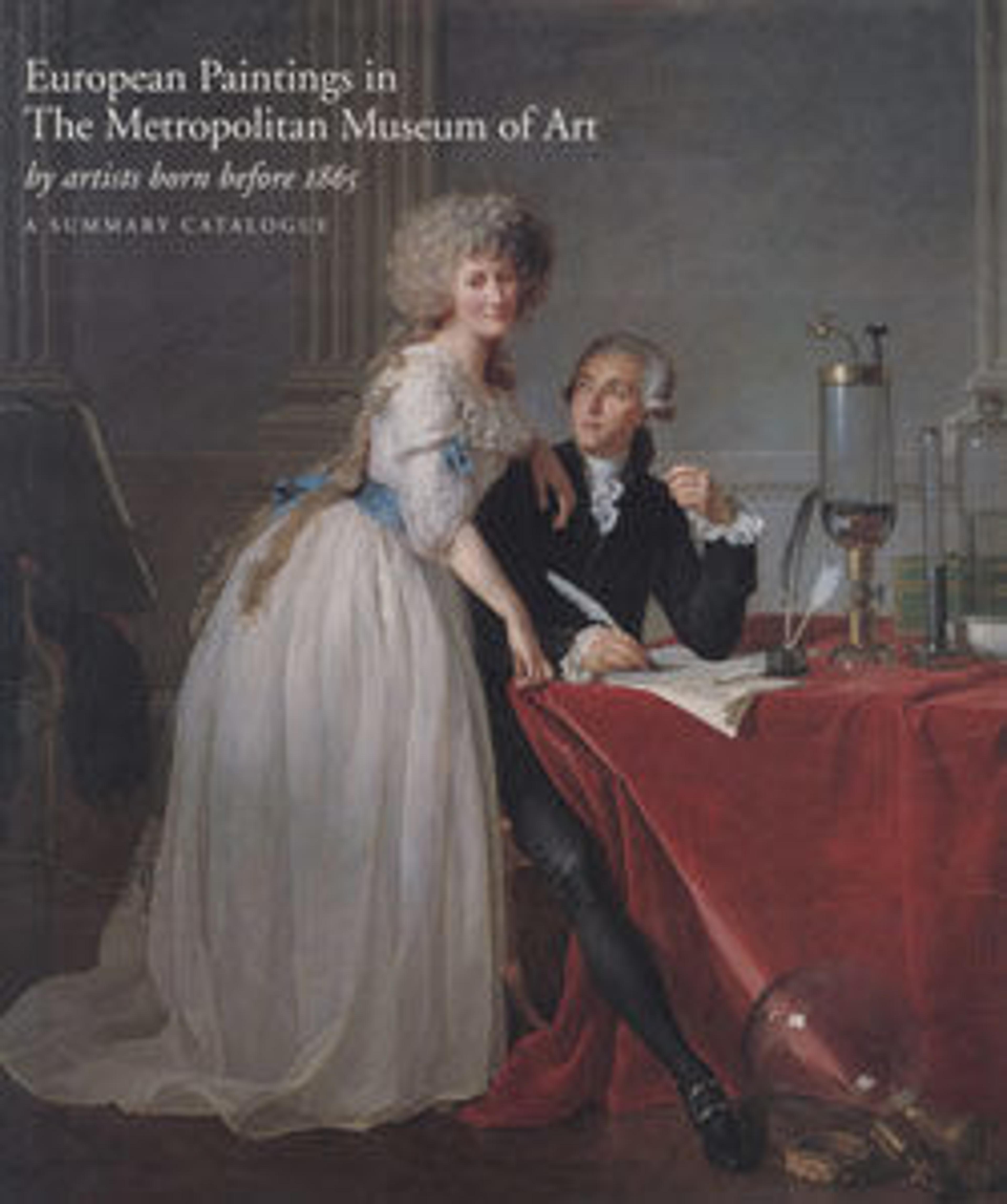Cupid as a Messenger, with Caduceus
This elliptical-shaped canvas depicts Cupid covered in pink flying drapery against a blue sky with white fluffy clouds, while holding a caduceus, the symbol of his father Mercury, and a rose, the symbol of his mother Venus. Cupid is identifiable by the crossed quiver of arrows, bow, and flaming torch in the trompe l’oeil architecture at the bottom which is further decorated with Vitruvian scroll or wave motifs. Illusionistic garlands of flowers are painted over the edge of the architectural elements and against the blue sky. This painting may have been part of the interior of a bed canopy or bed alcove which would have only been visible by the occupants of the bed. Beds with fanciful forms and names were introduced in eighteenth-century France which were hung with rich draperies suspended from the tester or canopy or framing the bed alcove.
This painting was part of the model collection of woodwork, paneling and seat furniture of Maison Leys, a successful decorating business, located at the Place de la Madeleine in Paris. Since 1885 the business was directed by Georges Hoentschel who installed the collection in 1903 in a museum-like display at Boulevard Flandrin, Paris. Three years later, Hoentschel sold the collection to J. Pierpont Morgan who gave the canvas with the rest of the decorator’s seventeenth and eighteenth century objects to the Metropolitan Museum of Art in 1907.
This painting was part of the model collection of woodwork, paneling and seat furniture of Maison Leys, a successful decorating business, located at the Place de la Madeleine in Paris. Since 1885 the business was directed by Georges Hoentschel who installed the collection in 1903 in a museum-like display at Boulevard Flandrin, Paris. Three years later, Hoentschel sold the collection to J. Pierpont Morgan who gave the canvas with the rest of the decorator’s seventeenth and eighteenth century objects to the Metropolitan Museum of Art in 1907.
Artwork Details
- Title:Cupid as a Messenger, with Caduceus
- Artist:French Painter , 18th century
- Date:ca. 1730
- Culture:French
- Medium:Oil on canvas
- Dimensions:Overall (oval): 34 1/4 × 38 3/4 in. (87 × 98.4 cm)
- Classification:Paintings-Decorative
- Credit Line:Gift of J. Pierpont Morgan, 1906
- Object Number:07.225.255
- Curatorial Department: European Sculpture and Decorative Arts
More Artwork
Research Resources
The Met provides unparalleled resources for research and welcomes an international community of students and scholars. The Met's Open Access API is where creators and researchers can connect to the The Met collection. Open Access data and public domain images are available for unrestricted commercial and noncommercial use without permission or fee.
To request images under copyright and other restrictions, please use this Image Request form.
Feedback
We continue to research and examine historical and cultural context for objects in The Met collection. If you have comments or questions about this object record, please contact us using the form below. The Museum looks forward to receiving your comments.
